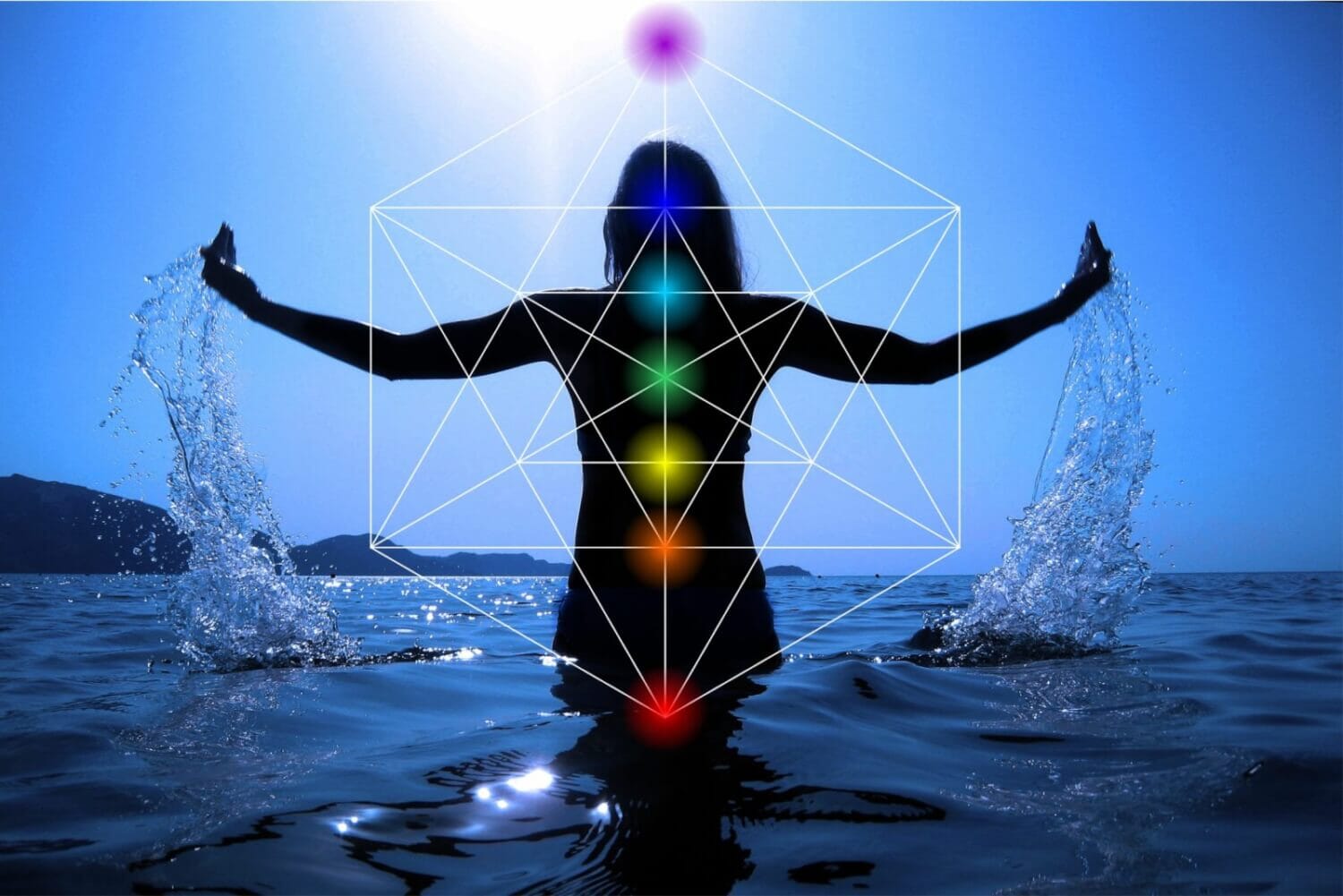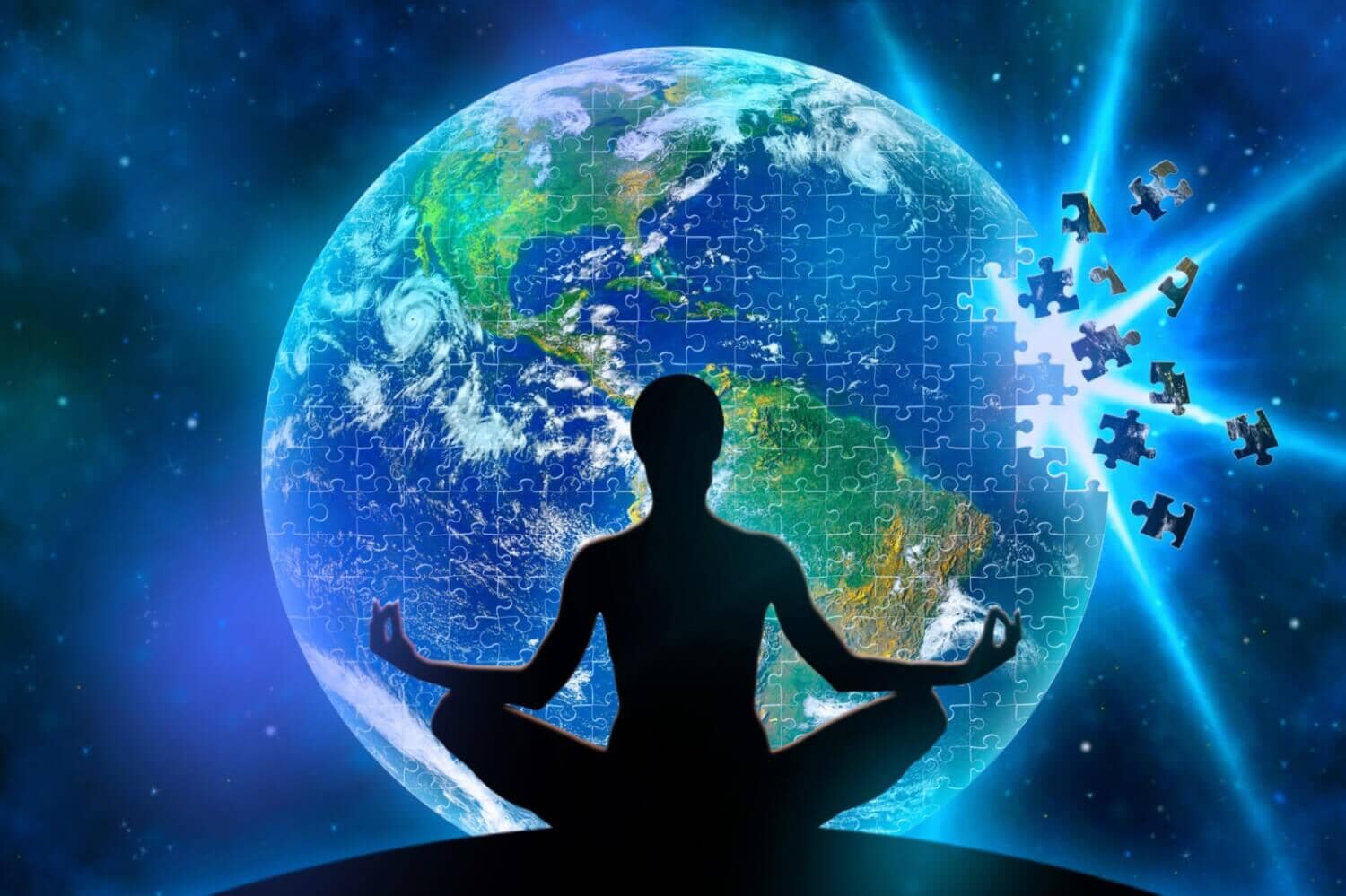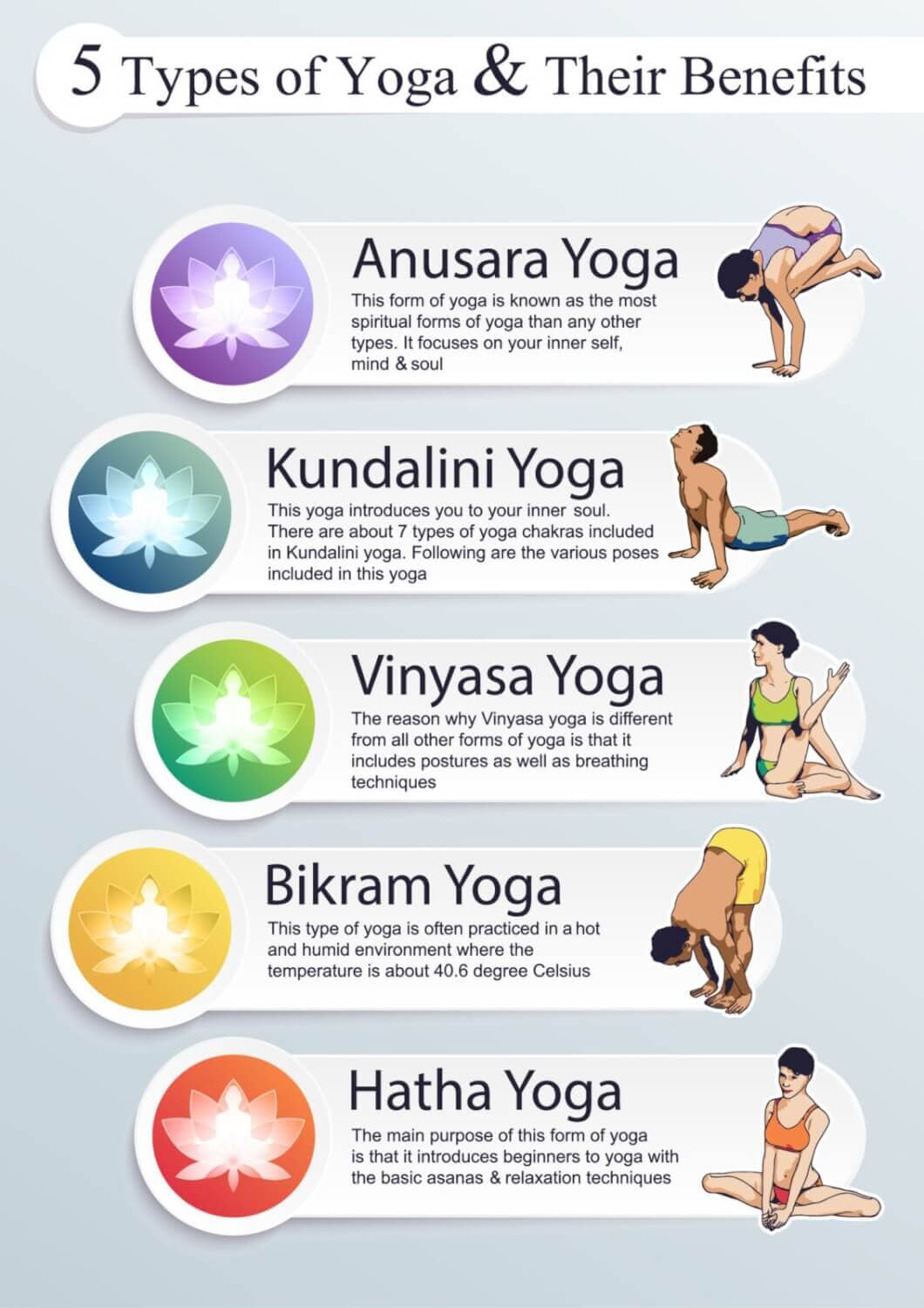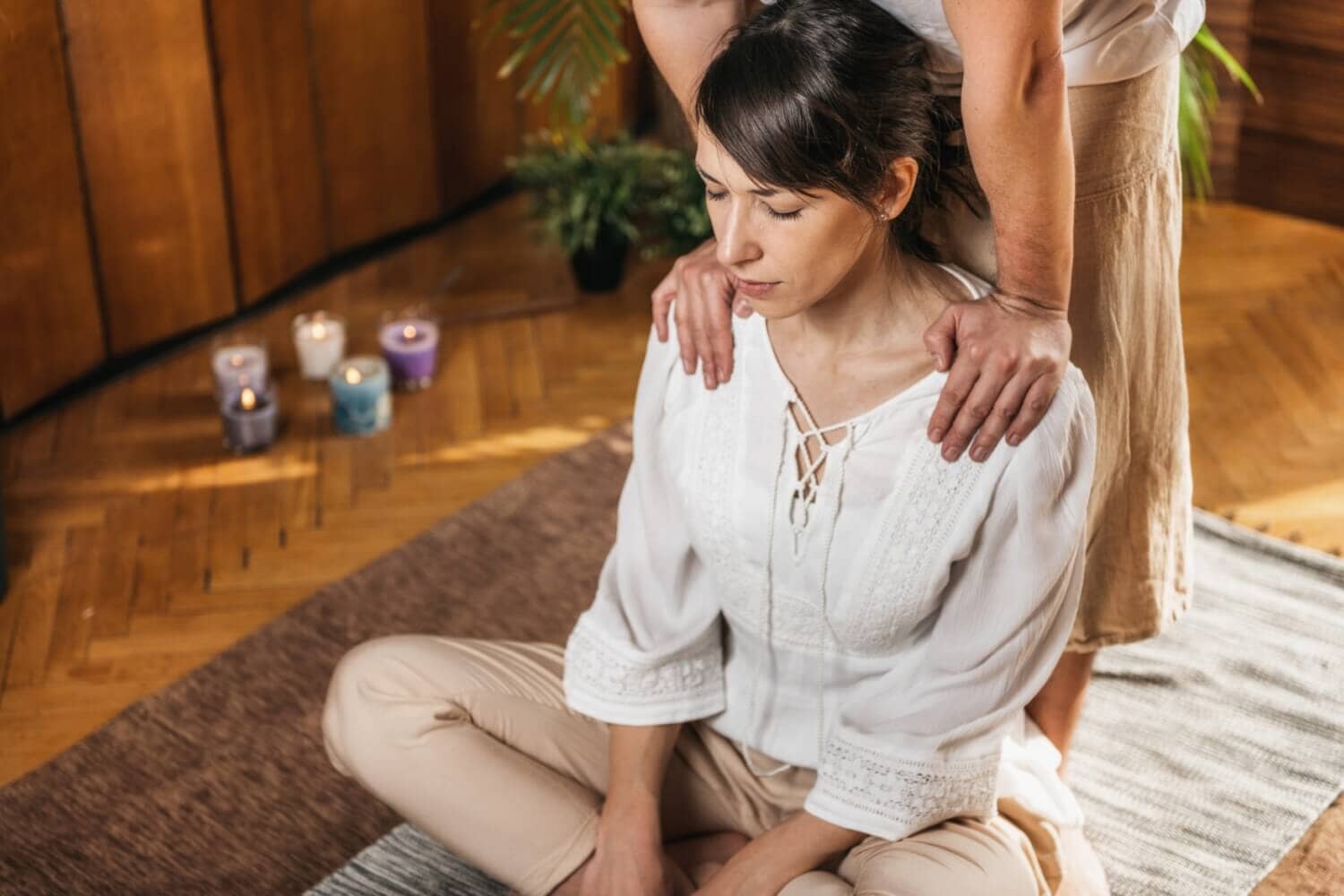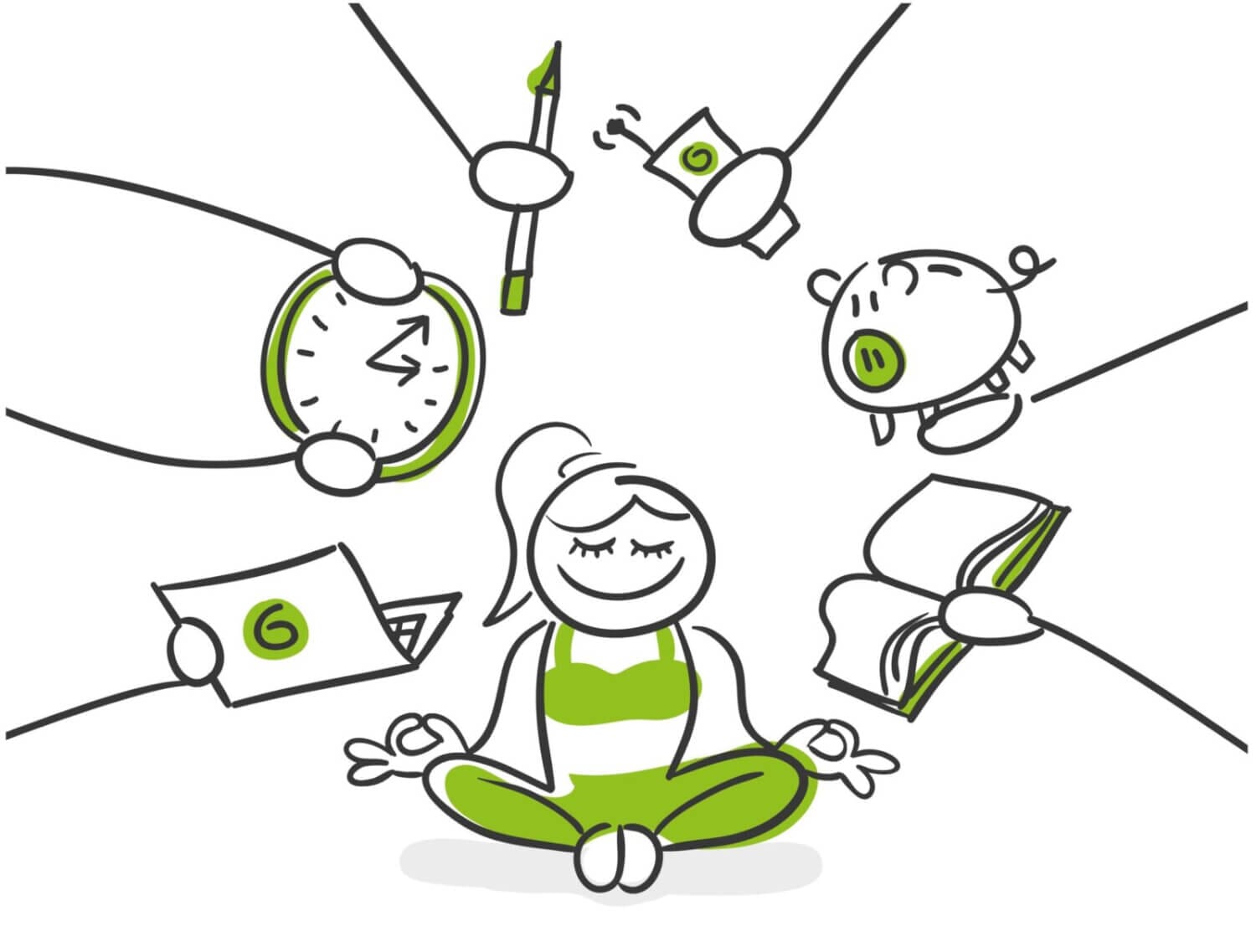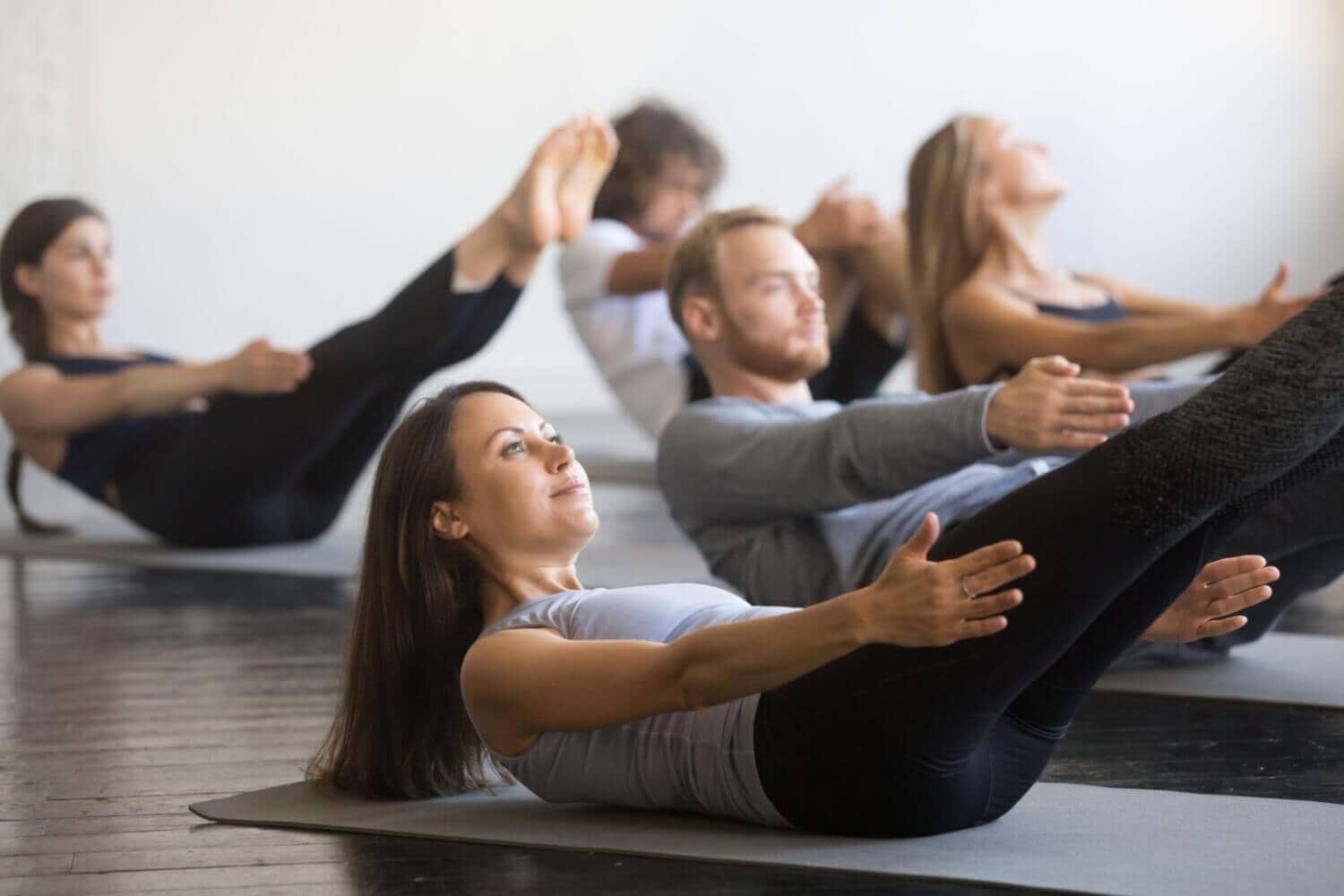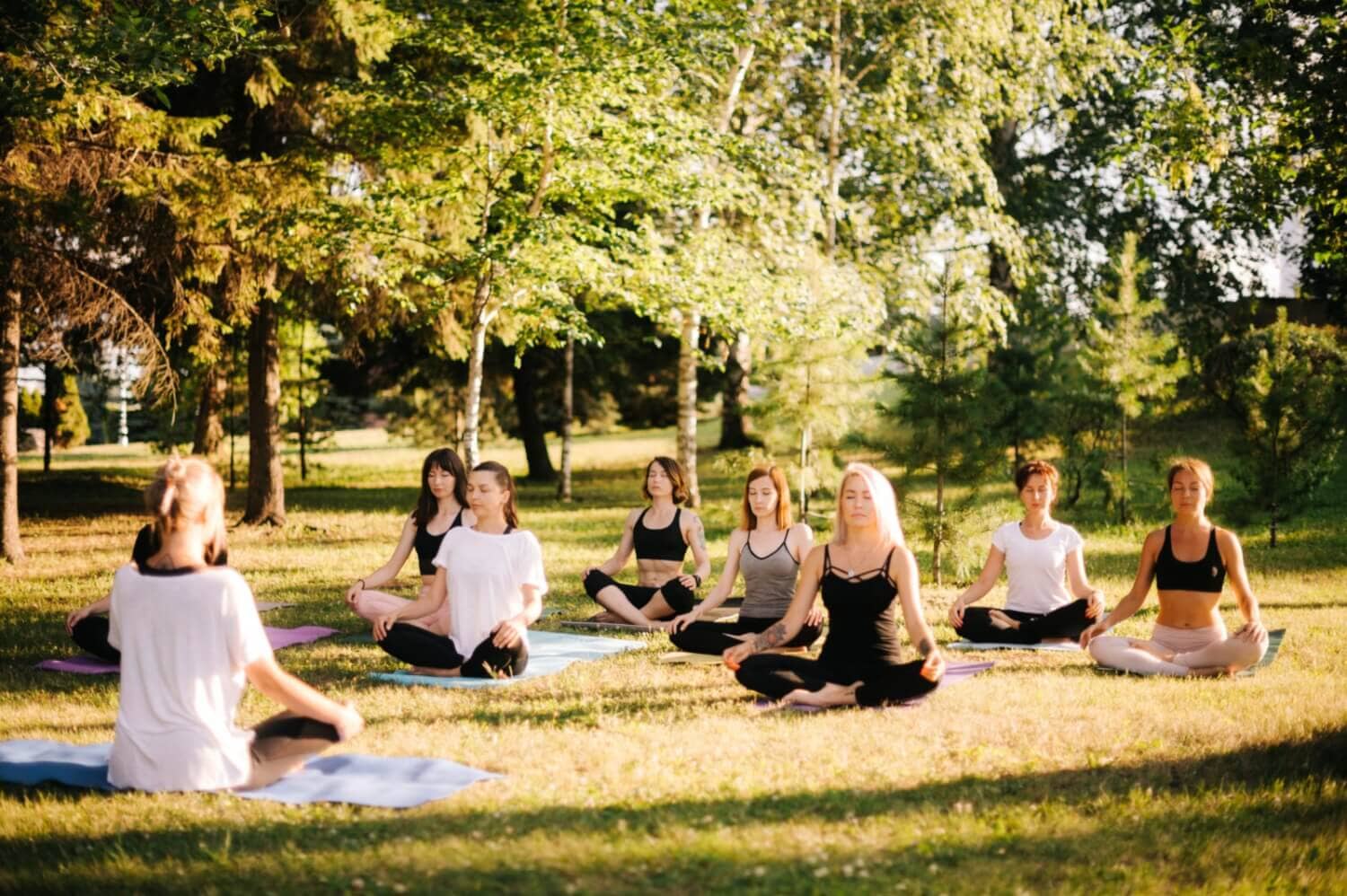Yoga is widely known to reduce stress, improve flexibility and concentration, and promote a sense of calm—to name just a few of its potential benefits.
In addition to the physical benefits, researchers are also beginning to learn more about the therapeutic benefits of yoga for mental health issues and burnout. Some studies even suggest that yoga may be an effective "prescription" for many of the most common reasons why people seek psychotherapy.
Just as certain psychotropic medications have been shown to reduce anxiety and depression, it's important to know that other therapies like yoga can also improve mental health. Yoga is no longer considered solely a "holistic" approach to improving mental health and the well-being of both body and mind—in recent years, it has gained a scientific following and has extensive research supporting its benefits.
Regularly sitting on your yoga mat and practicing breathing exercises and/or performing the so-called asanas, the physical exercises from yoga, will greatly promote your physical and, above all, mental balance.
One of the most important elements of yoga is your breath - this is essential in both the pure breathing exercises and the physical exercises, and the focus on your breathing is one of the main reasons why yoga has such a relaxing and calming effect.
What do yoga exercises do?
Yoga has countless benefits and has been proven to help with the following, for example:
1. Reducing anger:
A 2012 study of adolescents showed that yoga improved anger control compared to a group that only participated in physical education classes. Yoga has also been shown to reduce verbal aggression in adults.
2. Reduce fears:
Numerous studies have shown that yoga can reduce anxiety symptoms, including performance anxiety. In a 2013 study with young musicians, yoga reduced anxiety during group and solo performances. Anxiety can also be demonstrably alleviated through regular yoga practice.
3. Better sleep:
In a 2012 study of postmenopausal women diagnosed with insomnia, yoga reduced the severity of insomnia compared to a control group. Another study of women suffering from restless legs syndrome showed that yoga improved sleep quality in several areas.
4. Reducing symptoms of post-traumatic stress disorder (PTSD):
In a 2014 study of adult women diagnosed with PTSD, yoga significantly reduced PTSD symptoms in women who received a 10-week yoga treatment compared to a control group. At the end of the study, 52 percent of the women who practiced yoga no longer met criteria for PTSD, compared to 21 percent in the control group.
5. Improve your mood:
Studies have shown that yoga can help reduce depression , improve mood, and decrease perceived stress. For example, a 2013 study of prison inmates found that a 10-week yoga course increased positive affect and reduced perceived psychological distress.
The effects of yoga are diverse and now well-documented scientifically. Yoga can be very effective in preventing stress and stress-related illnesses, and the combination of strength, endurance, and relaxation is an ideal combination for doing something good for body and mind.
6. Improve brain performance:
Regular yoga practice also improves your brain's performance, which in turn noticeably improves your memory. Yoga actually trains your memory and ensures that you experience positive effects in this area as well.
More than enough reasons to take a closer look at why yoga is increasingly being viewed as a therapeutic measure by research and medicine.
Why does yoga work? Yoga helps the heart
Many people who practice yoga believe it works because they feel good afterward. But research demonstrates the concrete physiological effects of yoga and explains why it helps with mental health issues and emotional regulation. This has to do with yoga's ability to increase heart rate variability (HRV). Increased HRV calms the autonomic nervous system, where the body stores trauma.
Researchers have found that both yoga and meditation can increase HRV. Why is HRV important? HRV is simply the interval between one heartbeat and the next. The goal is to increase HRV because it has been proven to calm the autonomic nervous system and regulate emotions.
Imagine you're feeling stressed or anxious. Your breathing is shallow, and your heart rate may be rapid. This is a reduced HRV. When you feel relaxed or breathe deeply, there's more space between each heartbeat, and your HRV is increased. This makes you feel more emotionally balanced or calm.
Reduced HRV is associated with negative emotional states such as anxiety, stress, PTSD, and anger. People suffering from depression, anxiety, flashbacks, and outbursts of anger often have difficulty regulating their emotions. People with a poorly regulated autonomic nervous system can easily become mentally and physically unbalanced.
Examples include "freaking out" over a minor annoyance, road rage, or crying in public when it's unjustified. By practicing activities that increase your HRV—like yoga—you can retrain your heart, brain, and physiology, which can lead to emotional regulation and a calmer state of mind.
Yoga as a supportive therapy for body and mind
Yoga is a great complementary therapy, whether it's "prescribed" by your therapist or not. Fortunately, no actual prescription is necessary! Finding the right program may require a bit of experimentation, as there are several different types of yoga:
Hatha Yoga
Hot Yoga,
Yin yoga,
Yang Yoga etc.
Some yoga practitioners prefer the more physically active (yang) styles like Vinyasa or Bikram. Others prefer a slower practice (yin), or a combination of both. No matter which style of yoga you choose, the numerous physical and psychological benefits of yoga postures can make it an important part of your therapeutic process. Many also appreciate the positive experience of a yoga retreat .
Regardless of which of the many existing forms you practice, the effects of every type of yoga are very positive, and you can easily integrate your daily yoga practice into your life and everyday routine, thus counteracting aches and pains. Feel free to try out several yoga styles and enroll in a studio or adult education course of your choice! There are also numerous online courses and YouTube channels specializing in yoga.
My conclusion
Whether yoga is a suitable remedy for you if you're struggling with mental or physical problems is something you should find out for yourself. However, the research on this teaching and lifestyle originating in India is clear: Yoga not only trains awareness of your body, your breathing, and much more, it also brings clear, positive results for your psyche. Even science has recognized the benefits and positive role of yoga.
The combination of movement and breathing techniques is more than just "doing exercises." The yoga philosophy and the tradition behind it are holistic, encompassing techniques for body, mind , and spirit. A good yoga teacher therefore focuses not only on asanas in their yoga classes, but also on breathing and the effect of yoga on our subconscious by (re)connecting body and mind.
Yoga has the effect of grounding us and thus re-regulating our nervous system, which is often imbalanced due to stress and trauma. Conscious breathing combined with physical exercises allows us to re-establish contact between body and mind and calm our often circling thoughts.
So take advantage of these benefits of yoga for yourself and you will see how your quality of life noticeably improves and your mental and physical state will also benefit from the effects of your yoga practice.
Sources:
Afonso, RF, Hachul, H., Kozasa, EH, Oliveira, DS, Goto, V., Rodrigues, D., . . . Leite, J.R. (2012). Yoga decreases insomnia in postmenopausal women: A randomized clinical trial. Menopause, 19, 186-193.
Deshpande, S., Nagendra, H.R., & Raghuram, N. (2008). A randomized control trial of the effect of yoga on verbal aggressiveness in normal healthy volunteers. International Journal of Yoga, 1, 76–82.
Khalsa, SBS, Butzer, B., Shorter, SM, Reinhardt, KM, & Cope, S. (2013). Yoga reduces performance anxiety in adolescent musicians. Alternative Therapies in Health and Medicine, 19, 34–45.
Khalsa, S.B., Hickey-Schultz, L., Cohen, D., Steiner, N., & Cope, S. (2012). Evaluation of the mental health benefits of yoga in a secondary school: A preliminary randomized controlled trial. The Journal of Behavioral Health Services & Research, 39, 80 –90.
Menezes, CB, Dalpiaz, NR, Kiesow, LG, Sperb, W., Hertzberg, J., & Oliveira, AA (2015). Yoga and emotion regulation: A review of primary psychological outcomes and their physiological correlates. Psychology & Neuroscience, 8(1), 82-101.
van der Kolk, B.A. (2014). The body keeps the score: Brain, mind, and body in the healing of trauma. New York, NY, US: Viking
